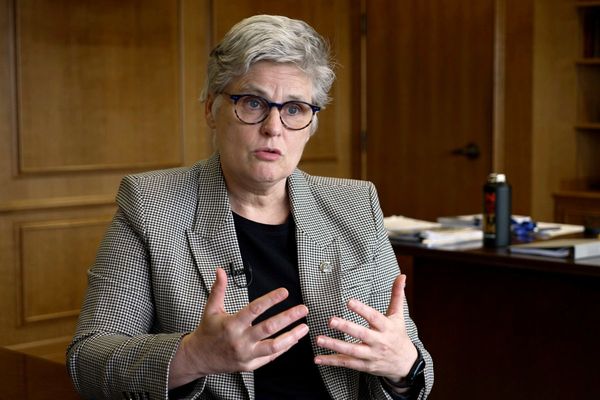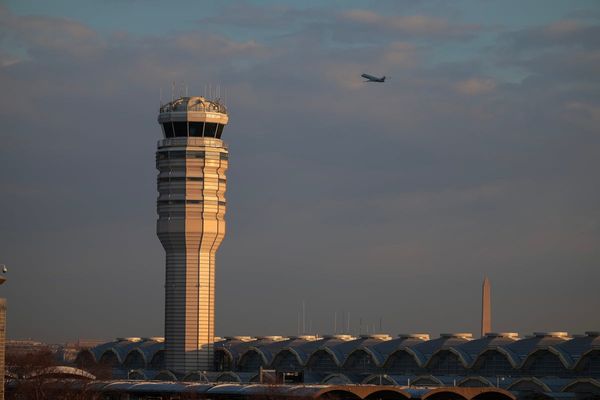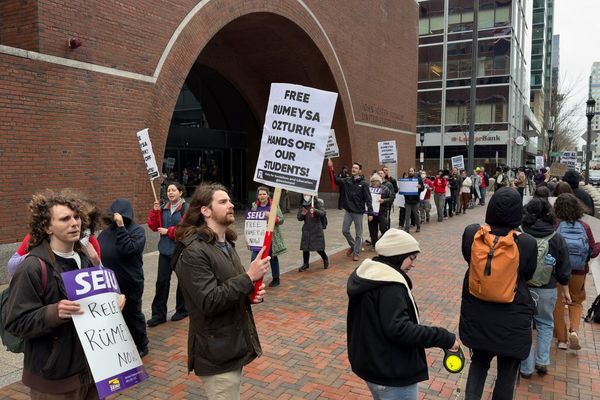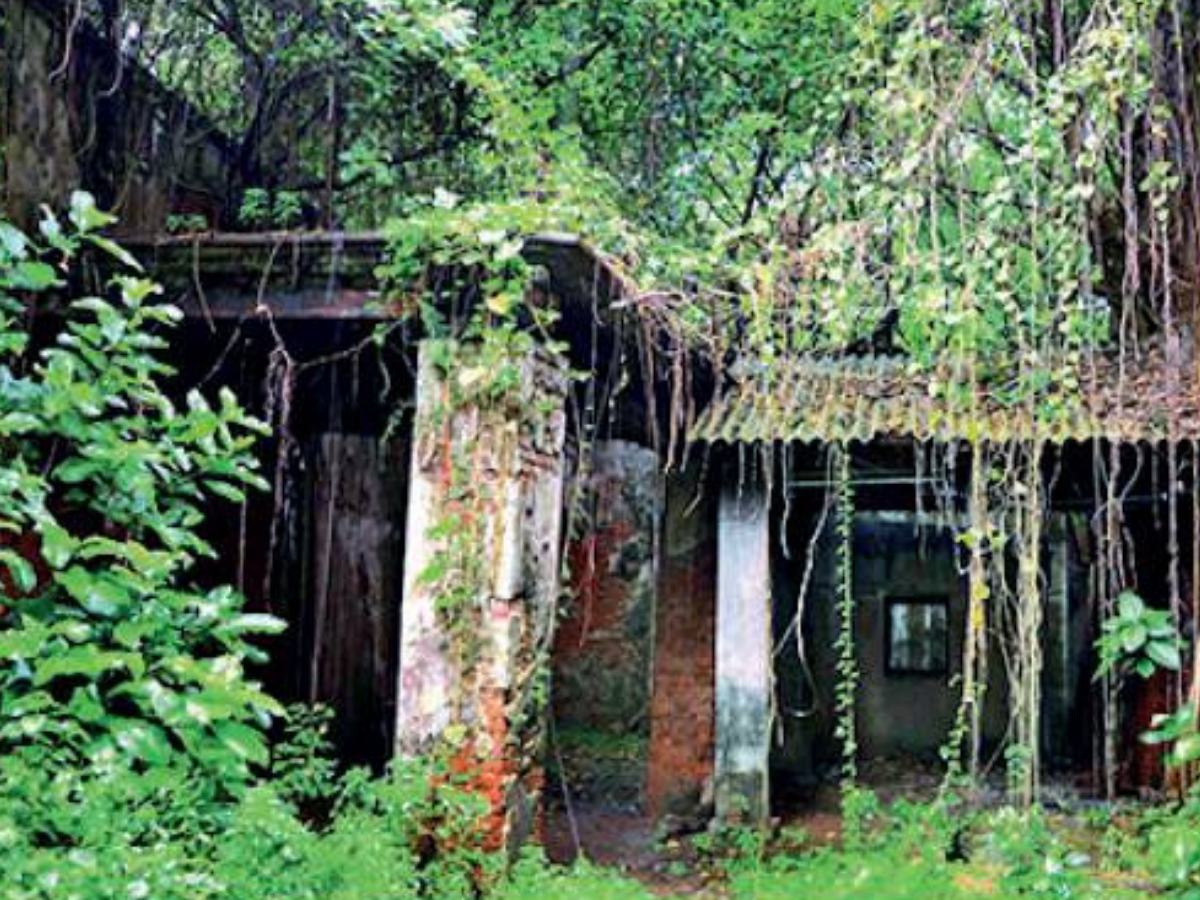
KOLKATA: The first step to kick off one of the largest real estate projects along the Hooghly riverfront was flagged off on Thursday with bids being invited for a premium residential-cum-commercial project on a 21-acre plot along the river in Howrah that once served as the salt stockyard of British India. Some of the biggest realtors in the country, including a couple from Kolkata, attended a pre-bid meeting on July 7 and evinced keen interest in the project.
Owned by the Railways, the sprawling site in Salkia is just 1.5km north of Howrah station. With a frontage of 372m on Salkia Road and 323m along the Hooghly, it has the potential to be exploited both as a commercial project and a residential one and could turn out to be one of the most prestigious projects on either side of the river.
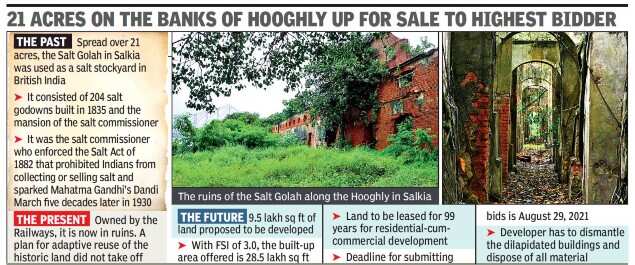
While developers are justifiably excited, heritage conservationists are saddened at the prospect of losing a piece of precious history. The Salt Golah that contains 206 salt godowns that were constructed around 1835 also has a sprawling mansion that functioned as the office of the salt commissioner who enforced the Salt Act 1882 that prohibited Indians from collecting or selling salt. It was this Act that had sparked Mahatma Gandhi’s Salt Satyagraha or the Dandi March five decades later in 1930.
Inviting bids for leasing the land for 99 years, the Rail Land Development Authority (RLDA), a statutory body under the ministry of Railways, has set a reserve price of Rs 448 crore for development of 28.5 lakh sq ft on the sprawling plot. While 80% of the site development will be residential, the remaining will be commercial. The deadline for bid submission is August 29, 2021.
“This will be an iconic development in the city and some of the biggest and best developers are expected to participate in the bids. Around a dozen developers participated in the pre-bid meeting. We will, of course, give the project to the highest bidder. Though the initial timeline for the development is for three years, we expect the large land parcel to be developed in phases over five to 10 years. The approvals from various regulatory bodies will take around a year,” an RLDA official.
While mega-cities around the world have developments along the riverfront, attempts to promote developments along the Hooghly has not quite taken off till now. In the past three decades, several projects have been proposed for either restoration and adaptive reuse or redevelopment of the warehouses along the Strand Road in Kolkata but none have been executed yet. The development of the Salt Golah could infuse fresh life into the still-borne proposals.
RLDA vice-chairman Ved Parkash Dudeja said the development would also permit water sports facilities. “This project will not only put the land to better use but also boost real estate and lead to socio-economic development in the region, creating a lot of employment opportunities,” he said.
An office-bearer of Indian National Trust for Art & Cultural Heritage (Intach) that had in 2016 coordinated a study of the site and developed a report for adaptive reuse of the historic property wished RLDA had also been sensitive to the piece of history while undertaking the development.
“We had suggested the restoration of big godowns and their refurbishment so that they could be put into effective use. We had also proposed a multi-use cultural hub with artists’ village, writers’ corner, theatre area, various arts and crafts villages and even exhibition and performance centres. One could even look at relocating Kumartuli to a section of the project. Perhaps, it wasn’t financially attractive. But a middle path could have been explored,” Intach Kolkata convener G M Kapur said.
The bid document states that the “developer has to dismantle the abandoned and dilapidated structures/buildings and to dispose the material at their own cost”.



